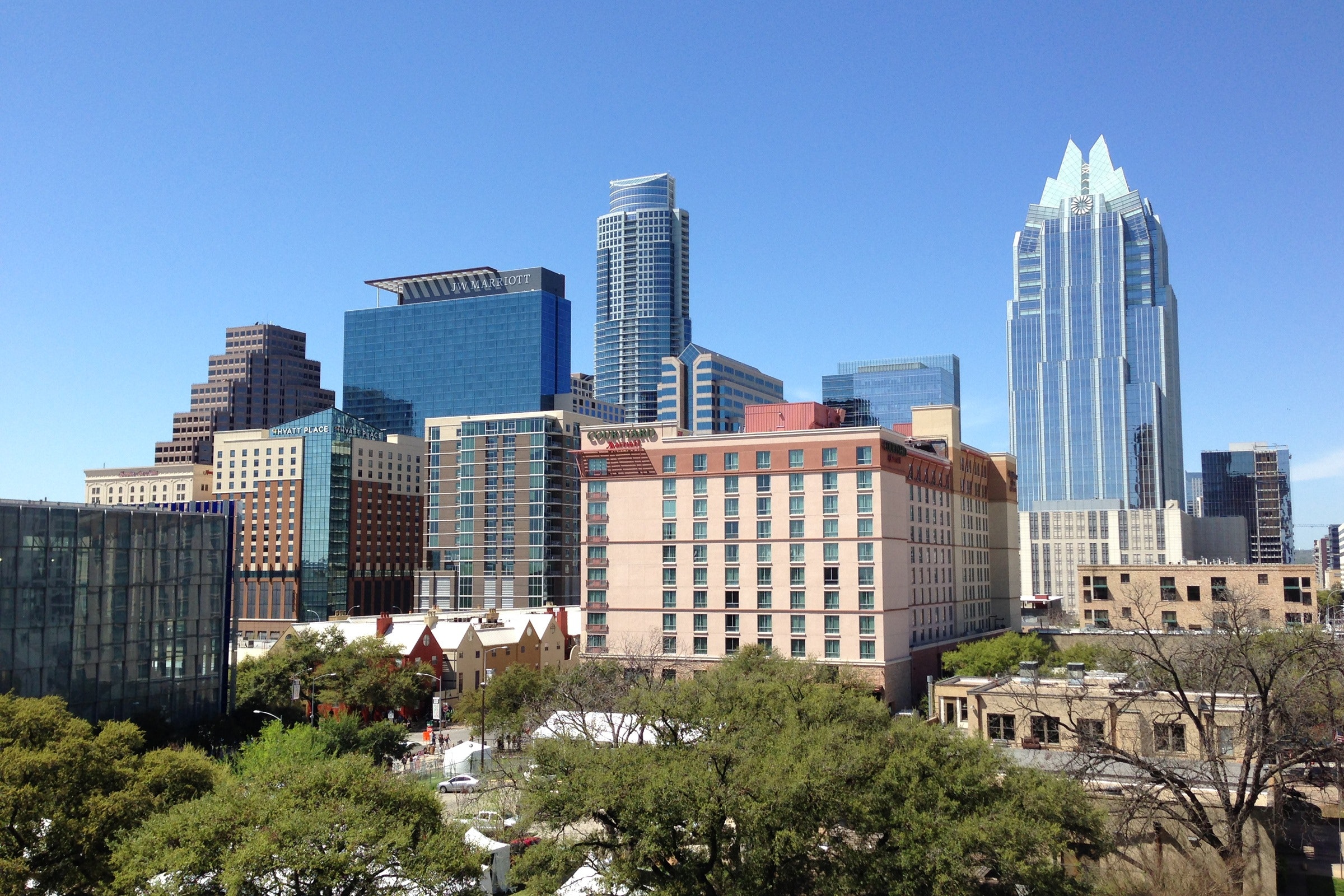As many jobs welcome remote work, it’s natural to wonder about moving to a different city. The pandemic had many effects on the dynamic and cost of living in various parts of the U.S. – and these implications are especially apparent in Austin.
Home to the University of Texas, great food and what’s shaping up to be a tech boom, Austin is becoming a city of choice for many young people: in 2021, it was ranked in the top five of cities chosen by millennials, according to SmartAsset. Whether returning home or seeking something new, many are drawn to the area for the big city feel that’s proximate to natural areas such as Lake Travis.
There are many wonderful things to consider when thinking about a move to Austin. As with any city, there are pros, cons and budget to factor in. In Austin, inflation plays a big role in the cost of living – especially if you’re considering buying and settling down there.
Inflation in Austin
The Austin housing market reflects the increase in mortgage rates across the country. According to Norada Real Estate investments, in September 2022, the median price of a home sold was up 15% year-over-year at $620K.
While a mortgage is one of the biggest components of your budget, the rise in housing costs is also paired with a rise in the cost of living in Austin: in October 2022, the average Austin consumer was paying 2.2% more for food than the average U.S. consumer, according to the Bureau of Labor Statistics.
Driven mostly by an influx of tech jobs, Austin is weathering the storm of inflation – but as you think about the cost of living in various cities, these dynamics are worth considering.
If Chicago is at the top of your search for new cities, the Luxury Living team would love to discuss options that are right for your budget and lifestyle.
Follow the link below for more information on inflation effects by various other cities across the U.S. this year.






